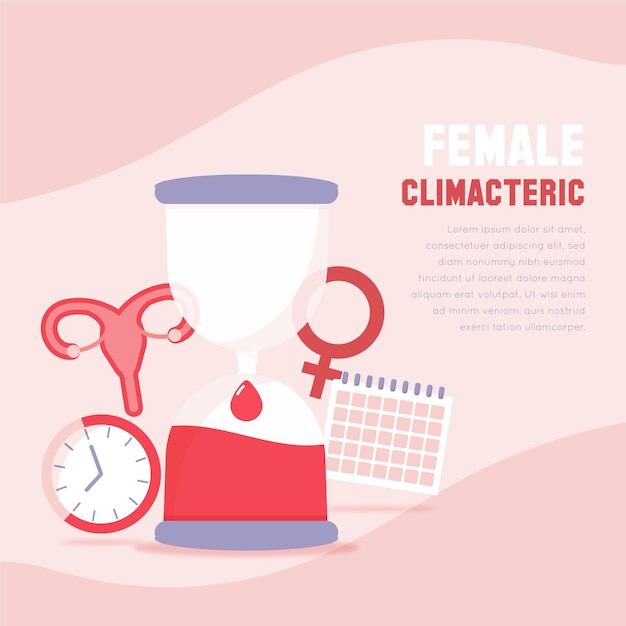
Implantation is the time when a man’s sperm meets a woman’s egg, signaling the start of pregnancy. This usually lasts about two days, and you might notice some light spotting as an early sign of pregnancy. To really understand how implantation bleeding differs from a period, it’s important to dig into the specifics.
During the early stages of fertilization, the baby is just a cluster of cells growing in the uterus. When the fertilized egg attaches to the uterine wall, it can cause some bleeding, which may appear as brown spotting or light bleeding—quite different from a regular period.
Only about a third of women notice implantation bleeding, so not everyone knows what it is. Many confuse it with a period, and women hoping to conceive might mistake it for a miscarriage, which can be distressing.
Understanding the Difference Between Implantation Bleeding and a Period
Implantation bleeding is a natural part of early pregnancy, even though not everyone experiences it. It involves changes in the uterus to accommodate the fertilized egg, leading to slight bleeding or spotting for about two days, often mistaken for the start of a period. Let’s explore the key differences between implantation bleeding and a regular period.
Blood Flow Differences
Implantation bleeding is usually lighter than a period. It starts with a small amount and remains the same until implantation is done. In contrast, period bleeding starts lightly but gets heavier over time, often with clots, unlike the smooth flow of implantation bleeding. If you notice thick blood with clots, it’s likely not implantation bleeding—this might be a period or even a miscarriage.
Blood Color Differences
Period blood typically appears dark red or sometimes blackish, whereas implantation bleeding is light brown or pink. If you see brown or pink spotting, it might be implantation. Rarely, implantation bleeding is light red due to blood shedding from the uterine lining. Brown spotting may occur from old blood and might have an odor.
Flow Consistency
In terms of consistency, implantation bleeding is different from a period. Menstrual bleeding continues consistently for 5 to 7 days, but implantation bleeding can be irregular—sometimes there’s spotting, other times none. Its timing also varies among women, lasting from a few hours to a couple of days.
Cramping Differences
Implantation cramps are mild, with steady intensity, unlike menstrual cramps that vary in severity and can be quite painful. Cramping occurs due to the fertilized egg attaching to the uterine lining, causing the uterine muscles to contract. This mild cramp can last a few hours to a day or two.
Home Pregnancy Test
A home pregnancy test can help differentiate between implantation bleeding and a period. If the spotting is due to pregnancy, a test should confirm it. However, if your period is causing the bleeding, the test will be negative. Be cautious because if your HCG levels are low early in pregnancy, the test might be inaccurate.
Other Early Pregnancy Signs
Frequent Urination and Constipation
You might notice increased urination and constipation early in pregnancy, due to hormonal changes. If you see these changes without obvious reasons, it could be a sign of early pregnancy.
Breast Changes
Breast tenderness, size increase, itching, and soreness are common as your body prepares for nursing. Itching can be particularly bothersome, so consulting a gynecologist might help.
Nausea
Nausea and vomiting, especially in the morning, are common early in pregnancy and are due to hormonal shifts affecting body temperature and digestion.
Mood Swings
Frequent mood swings are also common due to hormonal changes affecting mental and emotional well-being. A pregnant woman might quickly shift from happy to sad.
FAQs about Implantation Bleeding and Periods
Is implantation bleeding normal and common?
Yes, about a third of women experience this as an early pregnancy sign, indicating normal health.
What is the major difference between implantation and a period?
Differences include color, texture, smell, consistency, and duration. Implantation bleeding usually lasts about two days, while periods last about 4 to 5 days.
When does implantation bleeding occur?
It happens 6-12 days after fertilization or around 10 days after ovulation, often just before your expected period date.
How to recognize implantation bleeding with an irregular cycle?
Track key dates if trying to conceive. Implantation bleeding occurs a few days post-conception, up to 17 days later. Awareness can help without a pregnancy test.
The difference between ovulation and implantation spotting?
Ovulation spotting appears 15 days before a period, while implantation happens a few days to a week before. Ovulation spotting is rare, occurring in only 3% of women, while implantation occurs in about 30%.
Does all light spotting indicate pregnancy?
No, not all spotting means pregnancy. If spotting occurs soon after a period, it might not be pregnancy-related. Only a pregnancy test or medical consultation can confirm pregnancy.
Can you take a pregnancy test during implantation?
Yes, but early tests might show false negatives due to low HCG levels. Waiting a few more days can provide accurate results.
How long does implantation bleeding last?
Usually a few hours to two days; rarely more than two days, unlike a period lasting at least 4 to 5 days.
How long do implantation cramps last?
They vary from a few hours to three days. If pain persists beyond three days, seek medical advice.
We hope this guide helps you understand the differences between implantation bleeding and a regular period, so you can better recognize early pregnancy signs.